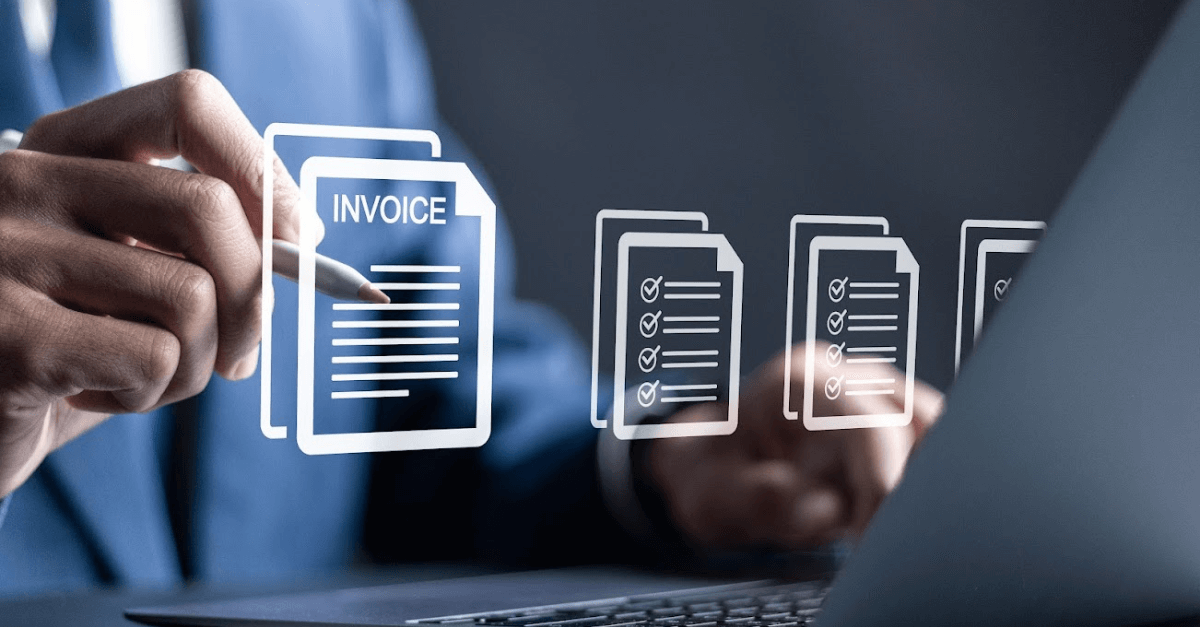What is the difference between digitise and digitalise?
We clarify the difference between digitise and digitalise to better understand the impact for businesses.

Digitisation explained
In short, digitisation is the conversion of information from physical to digital. For example, scanning a paper invoice and creating a PDF version.
Digitisation takes physical forms and converts them into electronic versions. This makes it faster and easier to find information. Instead of searching through mountains of documents, simply search for the digital file on a computer.
Digitalisation explained
In short, digitalisation means embracing digital technologies that impact work and business.
For example, digitalising an invoice means making the whole invoicing process digital in its lifecycle. The invoice creation, distribution, data extraction and how it’s tracked are all carried out using digital technologies. The invoice can be automatically fed and processed in different accounting systems, without any manual, data-inputting required.
To be a truly digital business, digitalisation is required. This means replacing manual processes with digital solutions. Solutions such as automation software, integrated systems and artificial intelligence.
Full digitalisation allows businesses to put processes in place, and adopt digital technologies that can easily evolve and adapt to new ways of working. Such technologies future-proof businesses and ultimately create more efficient and streamlined tasks.
Getting started with digitalisation
Getting started with digitalisation may sound complicated, but it can be quick and easy to get started.
Many businesses are adopting digital technologies to help automate their accounts payable (AP) and accounts receivable (AR) processes. Two processes that traditionally require a lot of manual, admin work if digital technologies are not in place.
Interested in digitalising your processes? Start with the basics and discover what it takes to digitalise your accounts and finance processes via our ‘What is e-invoicing?’ and ‘What is AP automation?’ blogs.
Tell us your business needs, and we’ll find the perfect solution
Get in touch

